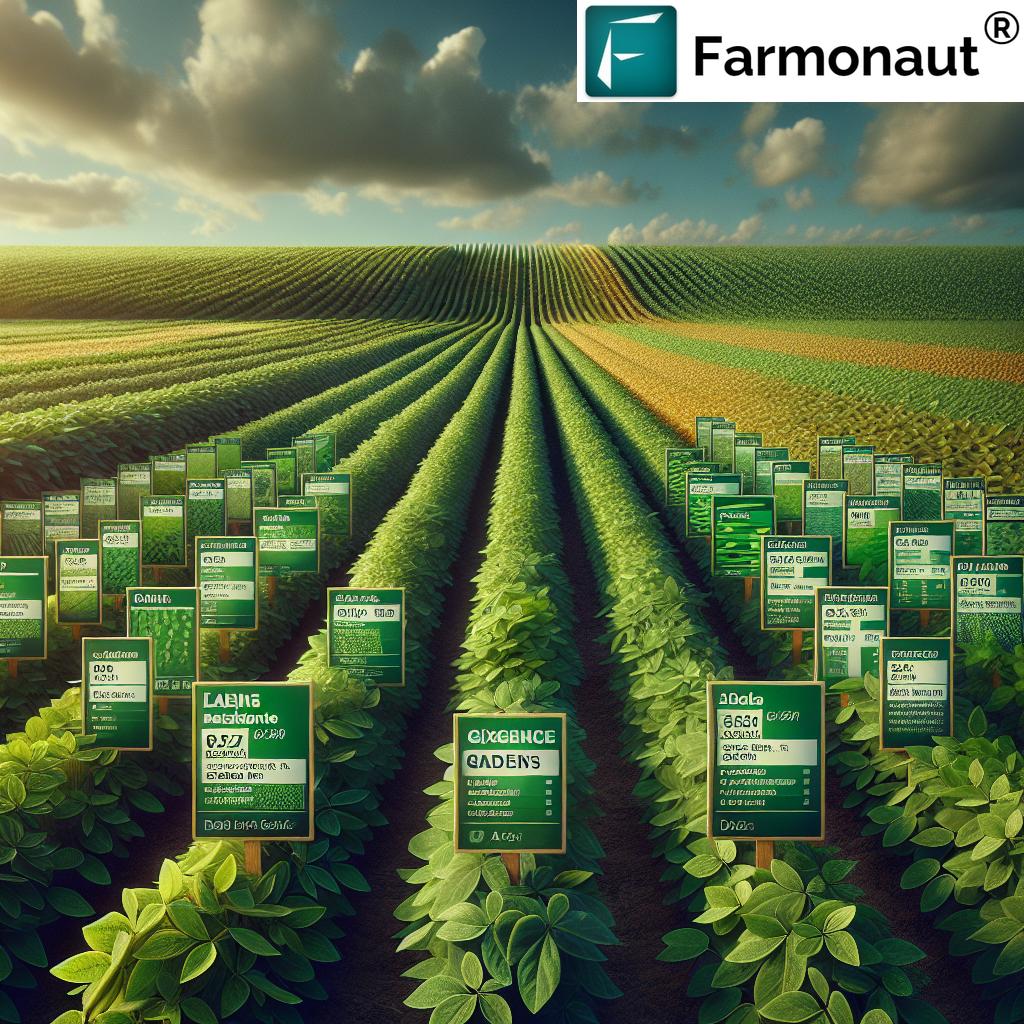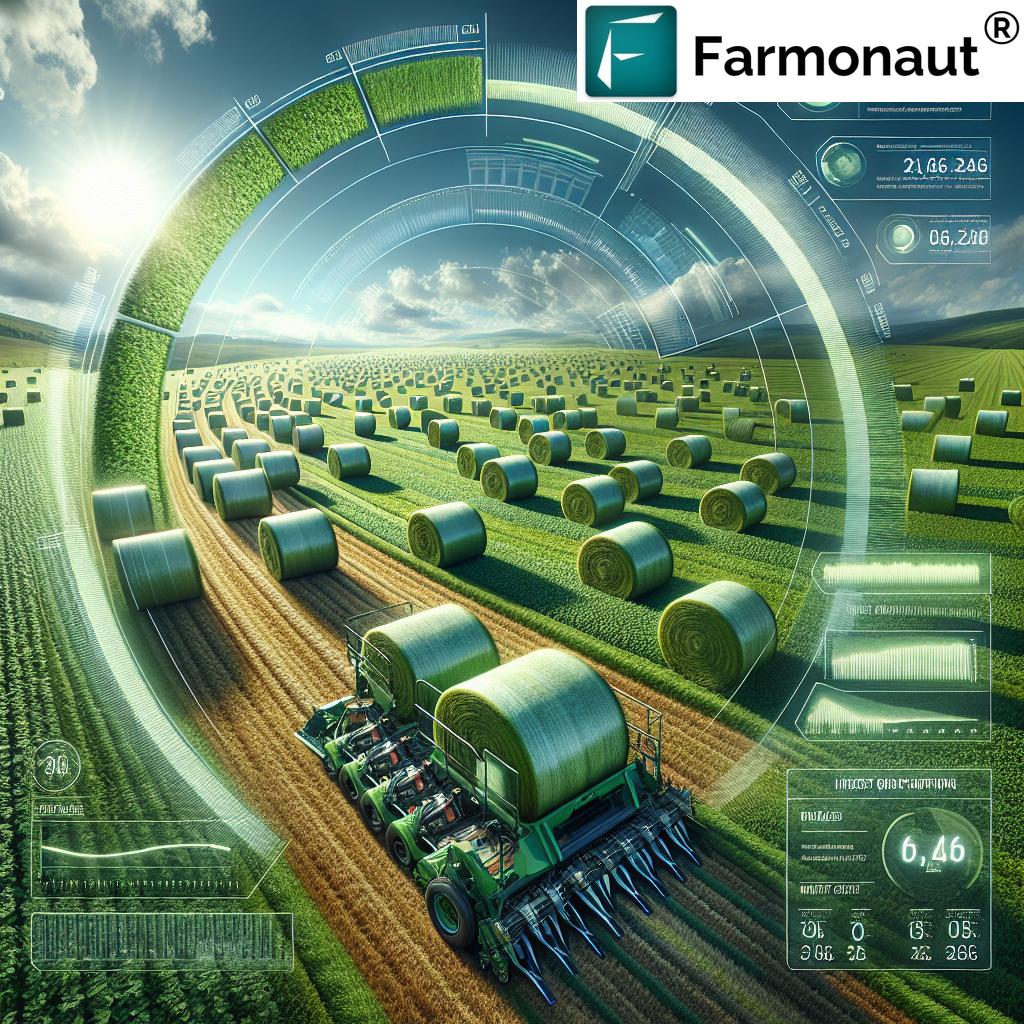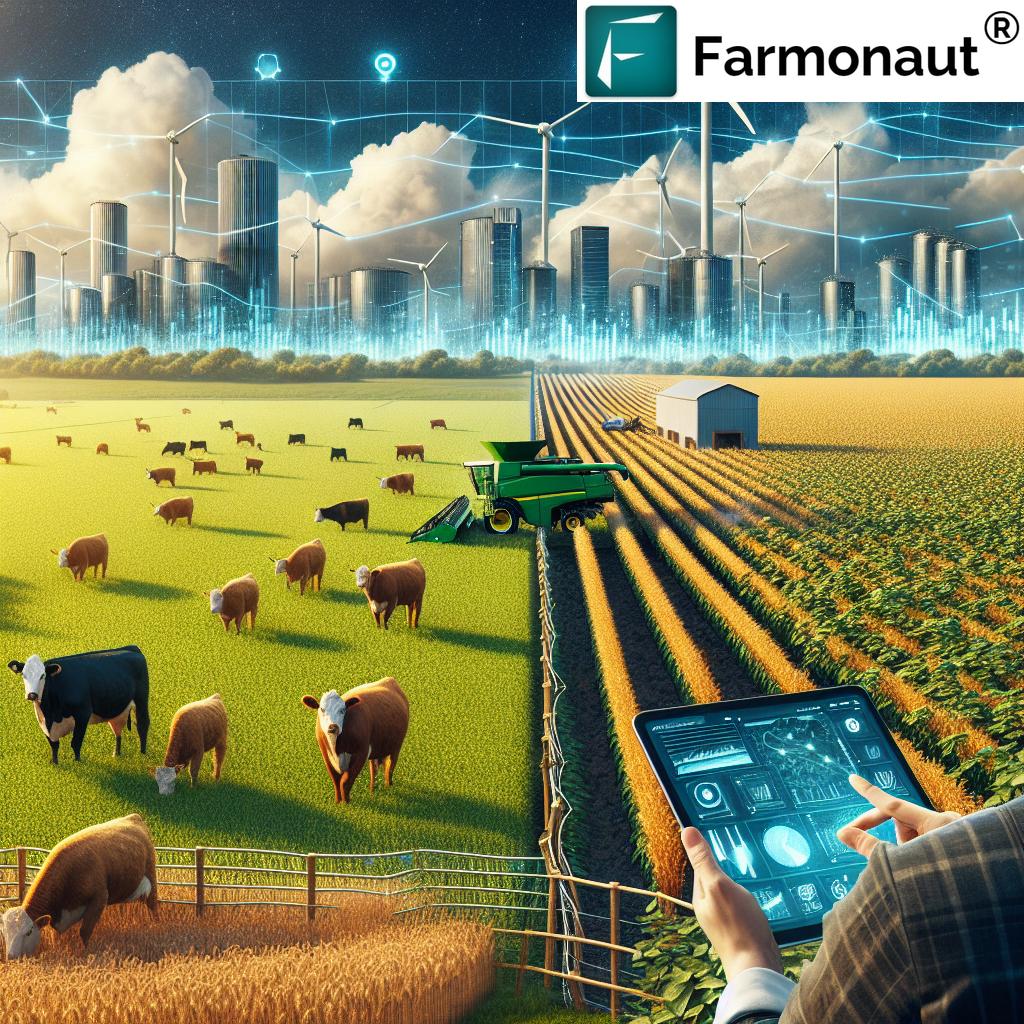Predictive Agriculture: How Data Is Revolutionizing Crop Planning

Author: Ellie Gabel
Ellie is a freelance writer living in Raleigh, NC. She specializes in covering environmental issues and how advancements in technology are shaping the future of our world. She also works as the associate editor for Revolutionized.com.
Technology is changing the agricultural industry. Farmers once relied on lessons passed down from generation to generation, experience, intuition and seasonal patterns to make critical planting decisions. Modern farmers can combine all those same hard-earned skills with the power of data analytics and predictive technologies for enhanced results.
The shift from traditional farming methods to data-driven crop planning represents a significant advance in agricultural practices. Predictive agriculture combines cutting-edge technology with time-tested farming wisdom, helping producers make more informed decisions about where, when and how to plant their crops to get the best results possible.
What Is Predictive Agriculture?
Predictive agriculture leverages advanced data analytics to forecast crop performance. It also helps optimize resource allocation and minimize risks before they impact yields. This turns raw agricultural data into actionable insights farmers can use to guide key farming decisions throughout the growing season. The foundation relies on several key technologies working in harmony:
- Artificial intelligence and machine learning algorithms
- Remote sensing technology, including satellite imagery and drone surveillance
- Internet of Things devices deployed throughout fields
These technologies create a digital ecosystem that supports farmers when making decisions about crop management. Traditional farming approaches rely on historical averages and general guidelines, while predictive agriculture creates customized recommendations for specific field conditions, crop varieties and local environmental factors.
How Data Powers Smarter Crop Planning
Understanding how different data sources work together shines a light on the potential of predictive agricultural systems.
Essential Data Sources
Modern predictive agriculture systems combine multiple data streams to create detailed models that help farmers make crop planning decisions. Soil data reveals information about nutrient levels, pH balance, organic matter content, and moisture retention capabilities that can help farmers see which crop selection and planting strategies are most likely to be effective.
Satellite imagery and aerial monitoring provide insights into field conditions, crop health and growth patterns throughout the season. Historical yield data from previous growing seasons helps establish baseline performance expectations and trends related to making future planning decisions. Market data and commodity pricing information help farmers align their crop choices with economic opportunities.
Predictive Model Integration
Predictive models process this diverse bundle of information using complex algorithms that identify connections and patterns that aren’t revealed by traditional analysis methods. For example, a predictive system might analyze the relationship between specific soil moisture levels, temperature patterns and historical corn yields to recommend optimal planting dates for maximum productivity. These predictive models continuously learn and improve as more data becomes available.
Some farming operations can use predictive models to determine the most suitable crop varieties based on field zones. Other operations use predicted weather patterns and soil moisture projections to optimize irrigation scheduling.
Benefits for Farmers and Ag Professionals
The advantages of predictive agriculture extend across all parts of modern farm management, from daily operations to long-term strategic planning.
Production and Risk Management Advantages
Predictive agriculture leads to strengthened risk management procedures. Improved yield forecasting helps farmers make more accurate production estimates, allowing them to negotiate better contracts and to engage in more effective marketing strategies.
Resource Optimization Benefits
Predictive systems help farmers apply fertilizers, pesticides and water more efficiently, because these systems indicate precisely when and where they will have maximum impact based on hard facts. Key optimization areas include:
- Water management: Precise irrigation scheduling is based on soil moisture predictions and weather forecasts.
- Nutrient application: Fertilizer is placed according to specific field zone requirements.
- Pest control: These models help farmers optimize treatment timing and reduce chemical usage. Without pesticides, global food production could fall as much as 54%, leading to broader food insecurity.
- Labor allocation: Farmers can base strategic workforce planning on predicted peak activity periods.
These targeted approaches reduce waste, lower input costs, and minimize environmental impact while maintaining or improving crop yields. Predictive agriculture enables more precise resource management, supporting long-term soil health, water conservation, and biodiversity preservation goals — leading to enhanced sustainability.
Challenges and Considerations
Despite its potential to make agricultural work easier and more successful, predictive agriculture has several challenges that affect its adoption rates and effectiveness.
Quality of Data
Data quality issues can undermine system accuracy if sensors malfunction, there are connectivity problems or if incomplete information compromises the analytical foundation. Ensuring reliable, consistent data collection across diverse farming environments requires ongoing attention and investment.
Barriers to Technology Adoption
Technology adoption barriers particularly impact smaller farming operations that may lack the technical expertise or financial resources to get started. The complexity of modern predictive systems can overwhelm farmers who are accustomed to traditional methods, creating resistance to change even when potential benefits are significant.
Privacy Issues and Data Ownership
Privacy and data ownership concerns raise questions about who controls the valuable information generated by farming operations and who has the right to access it. Many farmers may feel uneasy about sharing sensitive operational details with technology providers or having the proprietary information used by competitors.
The Future of Predictive Agriculture
Technological advances can make predictive agriculture more effective and accessible in the coming years. Artificial intelligence capabilities are expanding, enabling more detailed analysis of agricultural systems and more accurate crop performance predictions under varying conditions.
Agricultural technology can help level the playing field for small farming operations by making advanced predictive tools available to those who previously lacked access to such capabilities. Government policies and educational initiatives support widespread adoption by providing training resources, financial incentives, and research support.
Combining these tools with other emerging technologies, including autonomous equipment and precision application systems, can create opportunities for fully automated crop management systems.
Embracing the Data Revolution
As data analytics capabilities advance and technology becomes more accessible, farmers who embrace these tools can position themselves to produce and earn more.
Blending traditional agricultural knowledge with modern predictive technologies offers the best path forward for meeting growing global food demands while protecting environmental resources for future generations.









